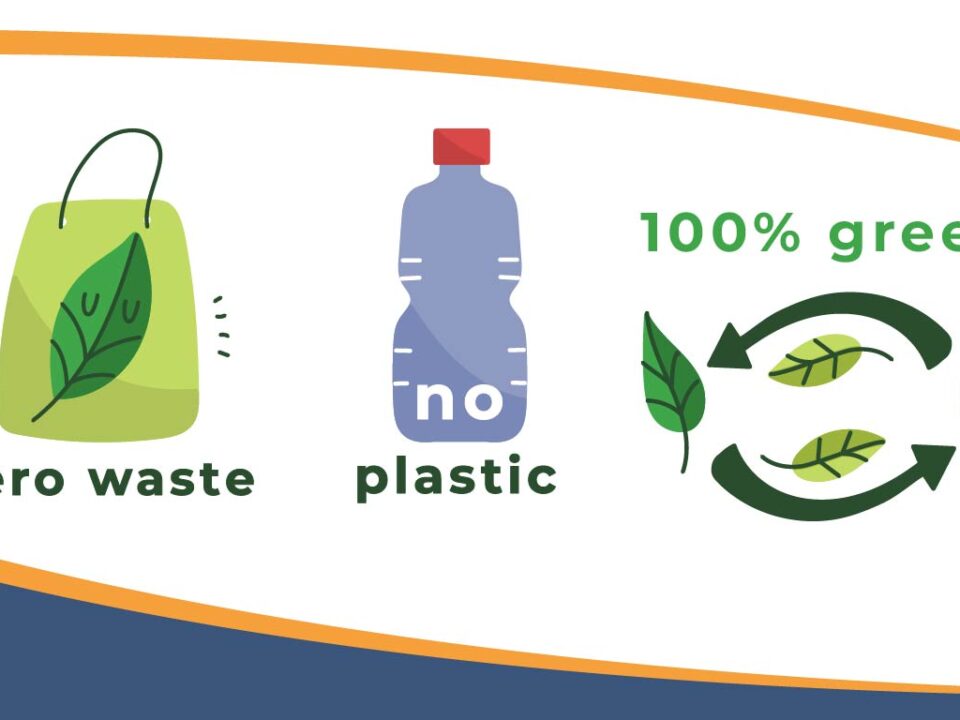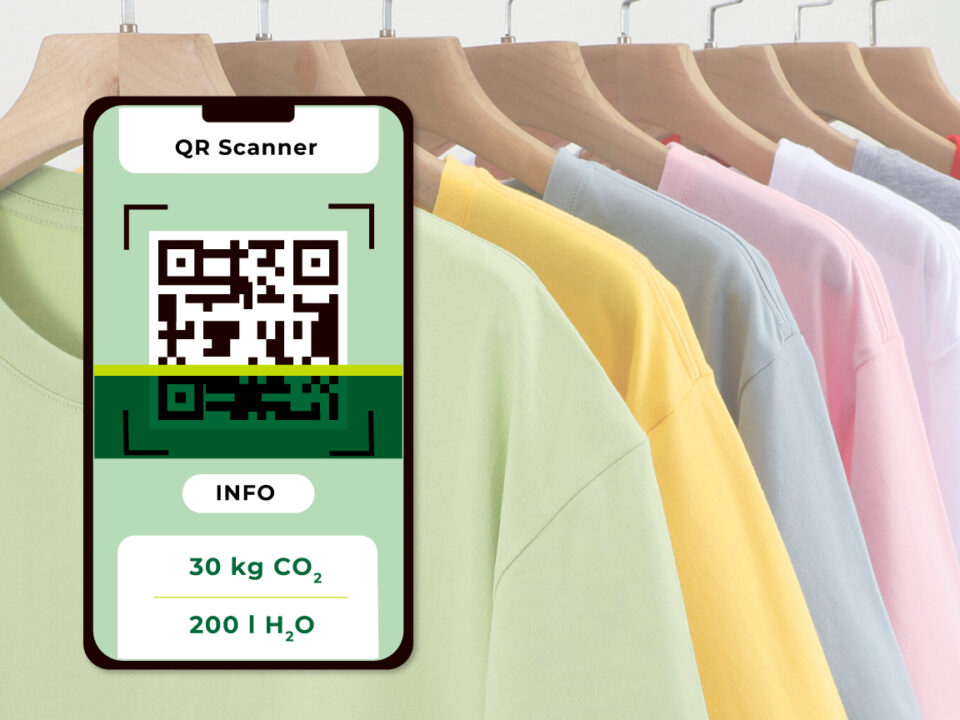
The Green Claims Directive
Giugno 21, 2024The Carbon Border Adjustment Mechanism (CBAM)
The EU's Carbon Border Adjustment Mechanism (CBAM) aims to align carbon prices of imported goods with those produced in the EU: crucial Information for suppliers and importers.
Introduction
Beginning on October 1, 2023, the EU's Carbon Border Adjustment Mechanism (CBAM) is entering its transitional period. In addition to imposing additional reporting requirements on importers of items with high emissions into the EU, this mechanism is meant to be used in conjunction with the EU Emissions Trading Systems (EU ETS). Suppliers of goods that are impacted by this need should become familiar with it, especially considering the deadline for the wider implementation of CBAM and the impending demand to purchase emission certificates.
The goal and current state of CBAM
The goal of CBAM is to bring import products' carbon costs into line with those of EU-produced goods. Since only EU manufacturers are required to obtain certificates under the EU ETS, their prices are higher than those of imports. By promoting global sustainability and levelling the playing field, CBAM solves this inequality.
CBAM is immediately applicable in every EU member state as of May 17, 2023. Certificate trading is scheduled to commence in 2026, although enterprises are required to collect data for monthly reporting on emissions and imports starting with the start of its transitional phase.
Scope of CBAM
CBAM is applicable to imports of certain products mentioned in Annex I of Regulation (EU) 2023/956 from October 1, 2023, until December 31, 2025. Among them are:
- Certain steel and iron products (bolts, for example)
- Aluminium and goods made with aluminium
- Hydrogen and iron ore
- Some fertilizers
- Electricity
- Mineral products, such as cement
There are no exceptions for small businesses or low-volume imports from the CBAM, which applies to items and some processed products derived from these goods. Currently, goods from Liechtenstein, Norway, Iceland, and Switzerland are excluded since they are connected to or participate in the EU ETS.
Responsibilities and Obligations
Importers: Importers are required to begin gathering data on October 1, 2023, with quarterly reporting beginning on that date, during the transition period. Reports have to contain:
Energy Use: Total amount of all commodities for each manufacturing facility (in MWh for electricity and tons for other commodities)
Embedded emissions: Total actual embedded emissions up to June 30, 2024 (in tons of CO2 per MWh or per ton of product), as well as any indirect emissions
Country of Origin: The identity and location of the manufacturing sites
Carbon Price: Paid in the country of origin, including relevant rebates or compensation
Following the transition period, importers will need to buy CBAM certificates. Annual reports will need to be submitted by May 31 of each year, starting in 2027 for the year 2026.
Operators (Manufacturers): Although they are not immediately obligated by CBAM, importers will ask manufacturers for independently confirmed data on embedded emissions. Operators are required to give this data, and their supply contracts may need to be updated to reflect these requirements. National supply chain legislation may already have provisions that are helpful.
Getting Ready for CBAM
Suppliers and importers need to get ready right now to make sure that the strict guidelines of CBAM are followed. In order to navigate the intricacies of this new regulatory landscape and ensure a seamless transition into the EU's ambitious sustainability framework, early adaption and rigorous data collecting will be essential.



